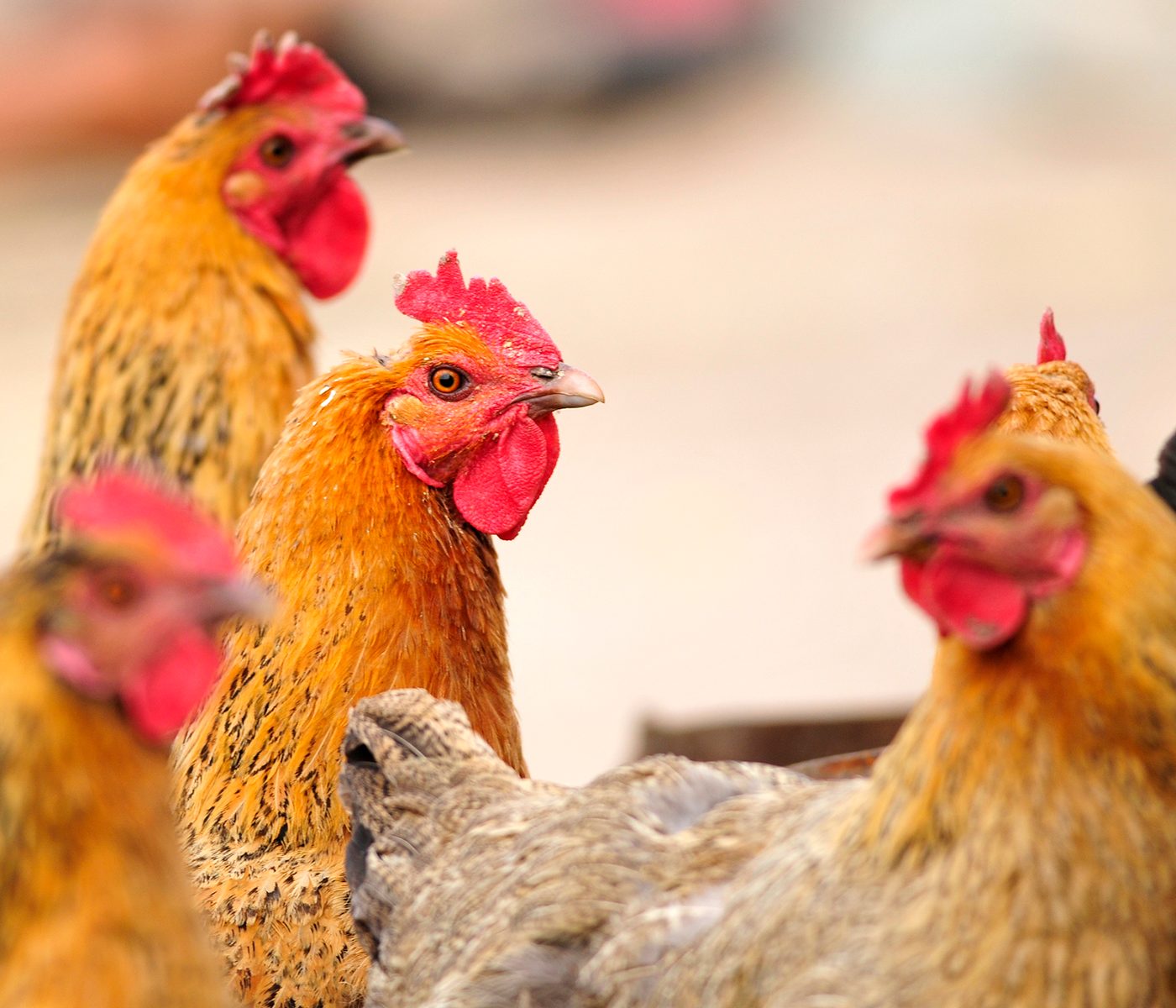 08 Mar 2023
08 Mar 2023
What happens with low calcium diets in laying hens?
Egg production in commercial laying hens has continuously improved in the past decades thanks to advances in modern breeding technologies.
Developing persistent “long-life” layer strains, is a major breeding goal. Obtaining hens that can produce 500 eggs or more within a 100-week production cycle (Bain et al., 2016).
The variety of “long-lived” layers can:
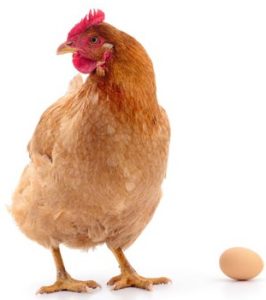
| Osteoporosis, or layer fatigue, is a common degenerative metabolic bone disease in caged laying hens. |
Previous studies have reported that approximately 30% of caged hens suffer bone fractures at least once during their lifetime.
Some of the disease’s characteristics and its impact on egg production and health include:

The majority of commercial laying hens worldwide are currently housed in conventional cages. Such is the case for China, the United States, India, Japan, Mexico, Brazil, Russia and Turkey, which are amongst the top 10 producing countries.
Skeletal problems are worsened with the extension of the egg production period in “long-lived” caged layers. This is due to the fact that:
| A longer egg production period, requires greater amounts of Ca for the formation of the eggshell. Which in turn leads to the deterioration of bone quality. |
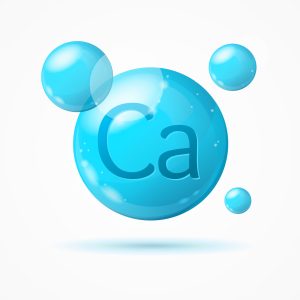
Calcium is an essential mineral that must be absorbed from feed in order to maintain bone hemostasis and ensure normal cell function.
In laying hens, Ca does not only play an important role supporting bone remodeling, a lifelong process that balances activities between osteoblasts and osteoclasts. As it also is a critical component in eggshell formation.
Bones represent important Ca reservoirs. Where this mineral can be deposited and removed depending on the needs of the organism. Approximately 2.0 to 2.5 g of Ca are required to synthesize an eggshell within a 20 to 28 h period.
In order to meet eggshell formation requirements, an imbalance in bone remodeling occurs over time. With increased bone resorption, that leads to bone weakness or osteoporosis in laying hens. Also referred to as layer fatigue.
In the commercial poultry industry, regular layer diets contain 3.5% to 4.7% Ca.
The Ca found in the eggshell comes mainly from the diet through intestinal absorption. However, approximately 25% to 40% of Ca is obtained from resorption. This is particularly true during dark periods when hens temporarily stop eating( Ripe and Aygun, 2016 ).
Hens experience physiological changes regarding Ca metabolism during sexual development.
| Before sexual maturity, hens have 2 types of bones: cortical bone and spongy bone. After reaching sexual maturity, hens acquire a third type of bone, also known as medullary bone, which acts as a Ca reservoir for the formation of the eggshell. It is from this source that Ca is quickly released during laying. |
[register]
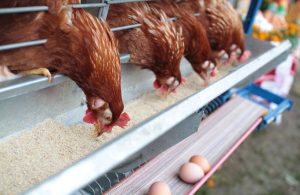
Increasing dietary concentrations of Ca according to the age of the birds i.e. the stage of production of the birds, has resulted in an increase in bone strength and eggshell quality (Lee et al., 2021; Song et al., 2022). Which has made this a somewhat common management practice.
Usually, Ca lost from bone is quickly replaced through intestinal absorption.
However, various stressors associated with management can cause a metabolic deficiency of Ca. Chronic stress in caged laying hens causes disorders in the intestinal retention and absorption of Ca, leading to hypocalcemia and the so called layer hen fatigue.
Corticosterone, which is considered an indicator of stress, increases significantly in caged hens compared to the levels found in hens housed in enriched pens.
Under chronic stress conditions, elevated corticosterone (or cortisol) reduces bone health by increasing the number of osteoclasts and the activity if pro-inflammatory factors (IL-1, IL-6, and TNF-α). This enhances bone resorption while reducing osteoblastogenesis and Ca intake. Resulting in bone weakness.
The high metabolic rate associated with high levels of egg production in elderly laying hens, leads to the onset of oxidative stress due to increased production of reactive oxygen species.
Oxidative stress can also inhibit intestinal absorption of Ca. Therefore, intestinal absorption of Ca is considered a critical factor for eggshell formation and bone health in laying hens.
However, the intestinal absorption capacity of Ca in hens, reduces with age.
| Improving and maintaining intestinal Ca absorption capacity can be the potential solution for obtaining healthy layers with “long-lives.” |
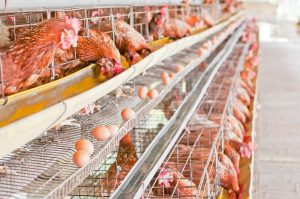
Previous studies have shown that dietary Ca deficiencies induce high bone turnover in hens. This represents a biomarker for osteoporosis, characterized by the loss of bone mass, degeneration of bone microstructure, reduced mineral content and bone strength, as well as reduced thickness and strength in bones and eggshells.
Low Ca levels have been used as an indicator of reduced bone mass in mammals. These results show that the maintenance of circulating Ca in laying hens fed low-Ca diets, occurs at the expense of skeletal health. Leading to increased bone resorption.
On the other hand, to meet pathophysiological demands, Ca absorption increases markedly with a decrease in the amount of Ca in the mammalian diet (Cenyeno et al., 2009).
In birds, the Ca retention rate has been used to assess the reabsorption efficiency of Ca rather than the absorption of Ca. As urine and faeces are mixed in the cloaca and excreted together.
| When a low Ca diet is provided, the percentage of Ca retention increases with a decreased absolute retention rate in hens. |
Based on the theory of osteoblast cell aging (i.e., age-related osteoblast replication capacity), higher bone Ca intake is associated with elevated osteoblast activity and, consequently, increased osteoblast apoptosis. Leading to irreparable microfractures and osteoporotic bone damage.
In addition, in order to meet the cation needs of vital organs, low Ca intakes(deficiency of Ca in the diet) cause intestinal reabsorption of Ca and renal reabsorption of Ca as compensation mechanisms.
| Changes in the gut microenvironment, gene expression and gut microflora composition contribute to increased intestinal Ca retention and absorption, Resulting in increased bone health through the gut-bone microbiota axis. |
Gut microbes, such as Lactobacillus, and their metabolites (i.e. short-chain fatty acids) positively influence bone mineral density and strength.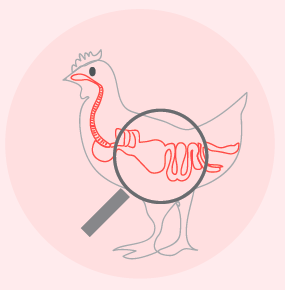
Based on the essential role of the gut microbiota in bone health, new specific therapies have been developed to prevent bone loss. These include: the administration of prebiotics (indigestible plant fibers), probiotics (beneficial bacteria) and synbiotics (probiotics plus prebiotics).
However, the correlation between dietary Ca deficiencies, intestinal Ca retention and absorption, as well as the regulation of bone quality through the gut-bone microbiota axis, still require further investigation.
Source:
You may also like: “Laying hens’ nutrition. What are some of its critical points?”
[/register]
Subscribe now to the technical magazine of animal nutrition
AUTHORS

Nutritional Interventions to Improve Fertility in Male Broiler Breeders
Edgar Oviedo
The Use of Organic Acids in Poultry: A Natural Path to Health and Productivity
M. Naeem
Synergistic Benefits of Prebiotics and Probiotics in Poultry, Swine, and Cattle
Gustavo Adolfo Quintana-Ospina
Hybrid Rye Potential in Laying Hen Feed Rations
Gwendolyn Jones
A day in the life of phosphorus in pigs: Part I
Rafael Duran Giménez-Rico
Use of enzymes in diets for ruminants
Braulio de la Calle Campos
Minerals and Hoof Health in the Pregnant Sow
Juan Gabriel Espino
Impact of Oxidized Fats on Swine Reproduction and Offspring
Maria Alejandra Perez Alvarado